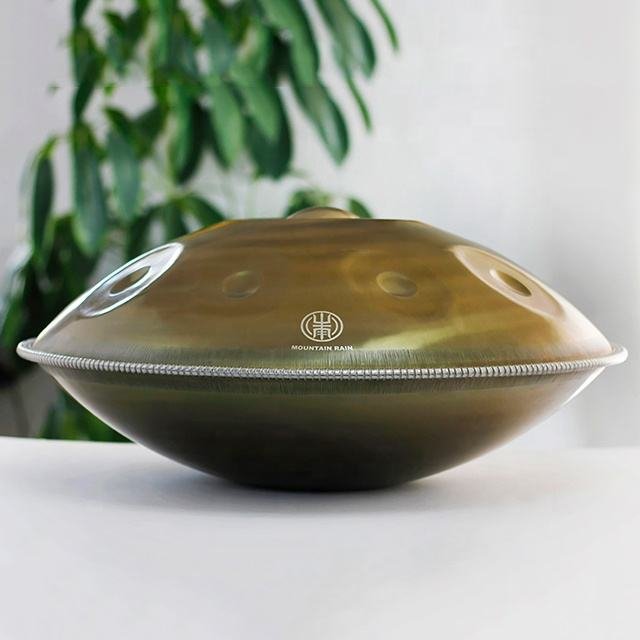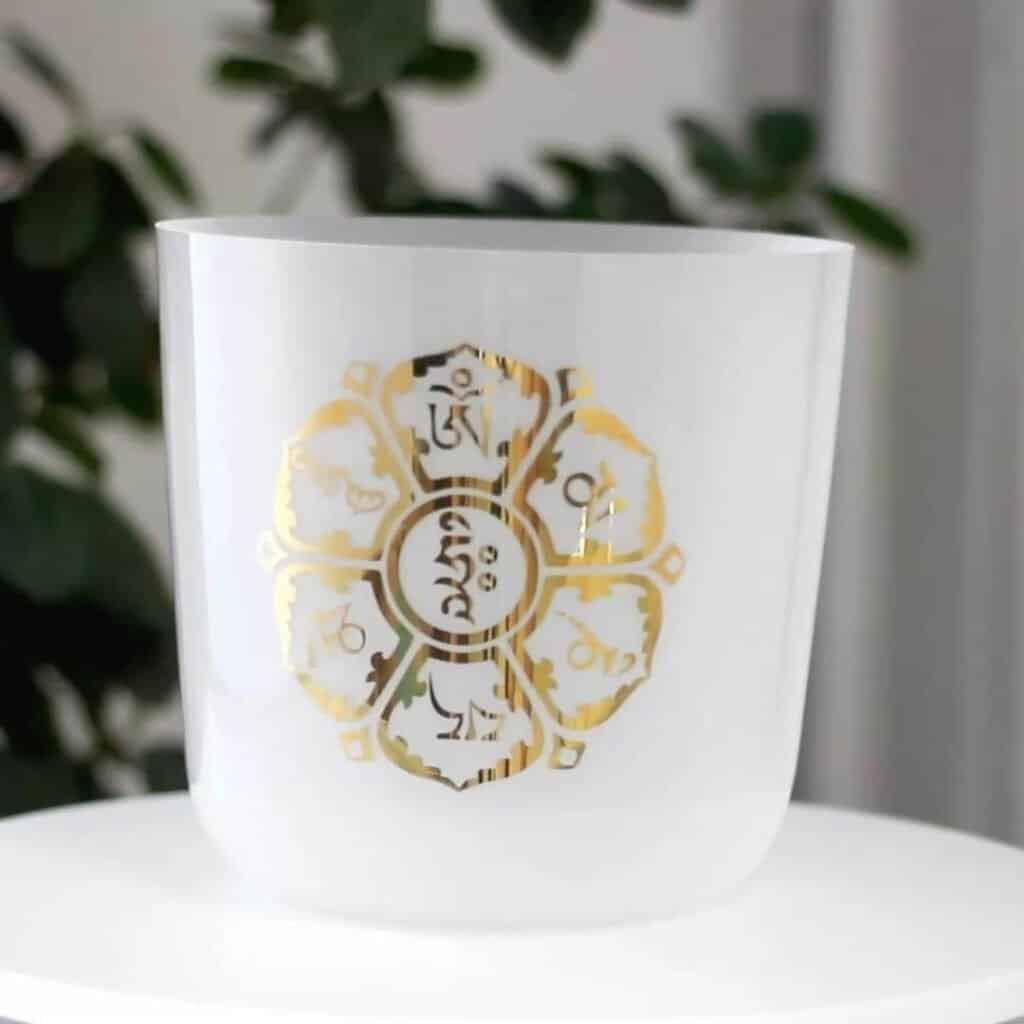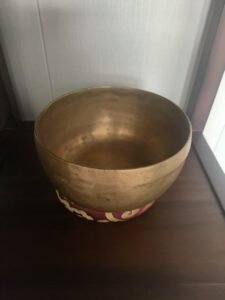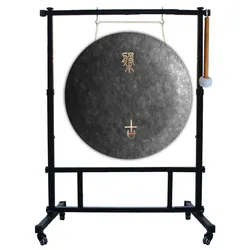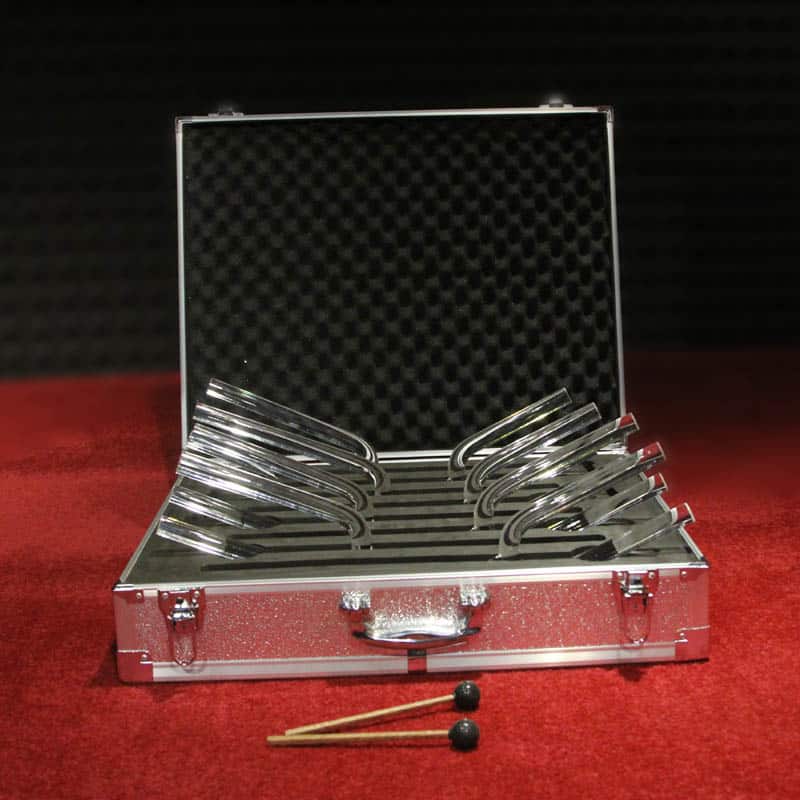Studies show that over 80% of ancient civilizations incorporated some form of sound healing into their medical practices. You'll find remarkable similarities in how these diverse cultures, separated by vast distances and time, recognized sound's therapeutic potential. From Egyptian priestesses using sistrums to Native American medicine men with their ceremonial drums, they've all tapped into sound's power to restore balance and promote healing. While modern science is just beginning to validate these practices, ancient wisdom keepers understood something profound about vibration's effect on human consciousness – a secret that's now emerging from the depths of history.
Key Takeaways
�?Ancient civilizations observed direct physiological responses to sound vibrations, leading to systematic therapeutic applications in healing practices.
�?Sound healing offered a non-invasive, natural approach to restore balance and harmony within the body and mind.
�?Traditional healers discovered that specific frequencies and rhythms could alter consciousness states and regulate stress responses effectively.
�?Ancient cultures recognized sound's ability to synchronize brain waves and influence cellular vibrations for healing purposes.
�?Sound-based healing rituals provided a holistic treatment method that integrated physical, mental, and spiritual aspects of well-being.
Sound Healing Across Ancient Civilizations

Numerous ancient civilizations embraced sound as a powerful healing force, developing sophisticated practices that incorporated vibrations, chants, and musical instruments. You'll find evidence of these ancient therapies in cultures spanning from Egypt to Tibet, where healers understood the profound impact of specific frequencies on the human body and spirit.
When you explore these traditional practices, you'll discover that Aboriginal cultures used didgeridoos to promote physical healing, while Egyptian priestesses employed sistrums and vocal tones to restore balance. In ancient Greece, you'd have witnessed Pythagoras prescribing specific musical intervals to treat various ailments, believing that healing vibrations could harmonize the body's energy. The ancient Chinese developed a sophisticated understanding of how specific tones corresponded to different organs and emotional states, while Indian yogis crafted elaborate mantras that they believed could realign the body's subtle energies. These diverse approaches shared a common thread: they recognized that sound wasn't just an auditory experience but a therapeutic tool that could penetrate deeply into the body's cellular structure, promoting healing and restoration.
Traditional Instruments and Sacred Frequencies
Ancient healers carefully selected specific instruments and frequencies for their therapeutic potential, each chosen for its unique vibrational signature. You'll find that these instruments, from Tibetan singing bowls to Aboriginal didgeridoos, created harmonic vibrations that healers believed could restore balance to both body and spirit. Traditional melodies played on these instruments weren't just music; they were precise formulas designed to affect specific areas of healing.
When you explore these ancient practices, you'll discover that different cultures developed their own sacred frequencies, often incorporating mathematical relationships found in nature. The ancient Egyptians used sistrum rattles and frame drums tuned to specific notes, while Native American medicine men relied on ceremonial drums and flutes to generate healing frequencies. These instruments weren't crafted by chance – they were deliberately designed to produce sounds that resonated with what healers identified as the body's natural rhythms. Many of these traditional instruments continue to influence modern sound therapy, as researchers have found that certain frequencies can indeed influence brainwave patterns, reduce stress levels, and promote physiological changes in the body.
Mind-Body Connection Through Sound

Through the resonance of sound vibrations, traditional healers recognized the profound link between auditory stimulation and the body's physiological responses. You'll find that these ancient practitioners understood how sound waves could influence everything from your heart rate to your brain activity, creating powerful healing effects through vibrational therapy.
When you engage in auditory meditation, you're tapping into a practice that's been refined over thousands of years. Your body naturally responds to sound frequencies in ways that can alter your physical and mental state, much like your ancestors experienced in their healing ceremonies.
- Your brain waves synchronize with specific sound frequencies, creating altered states of consciousness
- Your nervous system responds to different tones, helping regulate stress responses
- Your cells and organs vibrate at their own frequencies, which can be harmonized through sound
- Your body's natural healing mechanisms activate when exposed to certain therapeutic sounds
This intricate connection between sound and wellness isn't just ancient wisdom – it's supported by modern research showing how vibrations can influence your body's natural healing processes, hormone production, and overall well-being.
Cultural Rituals and Sound Medicine
Traditional cultures worldwide developed sophisticated sound-based healing rituals that integrated music, chanting, and vibrations into their medical practices. You'll find these ritualistic practices deeply embedded in ancient healing traditions, from Tibetan singing bowls to Native American drumming ceremonies, where sound served as a bridge between physical and spiritual healing.
When you explore these traditional methods, you'll discover how shamans and medicine people carefully selected specific frequencies and rhythms for therapeutic purposes. They understood that different sounds could affect various parts of the body and mind, using instruments like drums, rattles, and voice to create healing vibrations. In Australian Aboriginal culture, you'll encounter the didgeridoo, which they've used for thousands of years to promote physical and spiritual well-being. The ancient Egyptians used sistra and systematic chanting in their temples, believing certain tones could restore harmony to unwell bodies. Today, you can still witness many of these practices in their original forms, as indigenous healers continue to preserve these sound-healing traditions, passing down their knowledge through generations of dedicated practitioners.
Scientific Basis Behind Ancient Practices

Modern scientific research has begun validating what ancient healers understood intuitively about sound's therapeutic effects. Through advanced neuroacoustic therapy studies, you'll find that specific sound frequencies can influence your brainwave patterns, leading to measurable changes in your mental and physical state. When you're exposed to certain vibrations, your body's natural tendency to synchronize with external rhythms creates powerful healing opportunities.
Scientists have discovered several ways that vibrational resonance affects your body:
- Your brain's electrical patterns will naturally align with rhythmic sound stimuli, a process called entrainment
- Your cells respond to specific frequencies, much like how a tuning fork causes another to vibrate at the same pitch
- Your nervous system's stress response can be regulated through particular sound frequencies
- Your body's tissues and organs each have their own resonant frequency that can be therapeutically targeted
These findings help explain why ancient sound healing practices were so effective. You're experiencing the same fundamental principles of sound and vibration that your ancestors discovered, though now you can understand the scientific mechanisms behind their traditional methods.
Conclusion
You'd think modern science would've discovered sound healing first, yet our ancestors knew what researchers are only now proving: the profound impact of vibration on human wellness. While you're reaching for synthetic medications, ancient cultures had already mastered the art of healing through sound frequencies. Their intuitive understanding of sound's therapeutic properties, which seemed primitive to many, has ironically become cutting-edge in today's holistic health practices.


